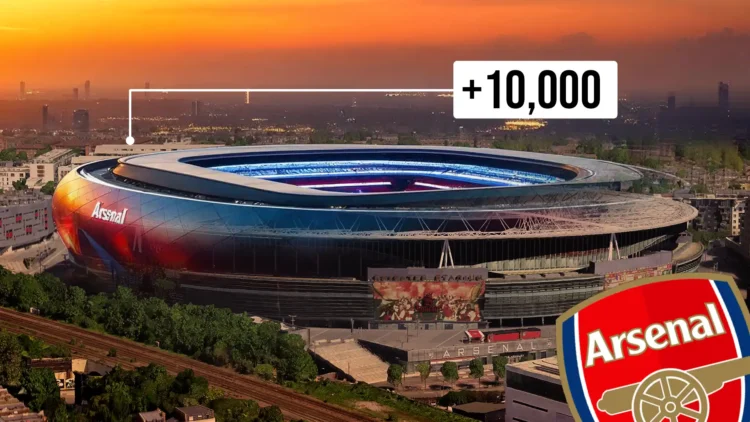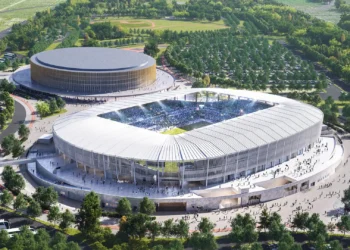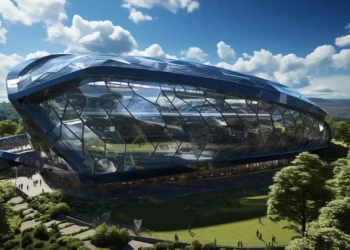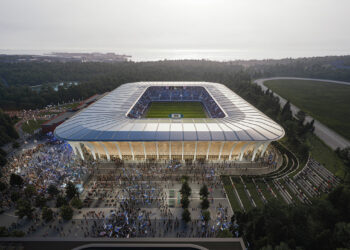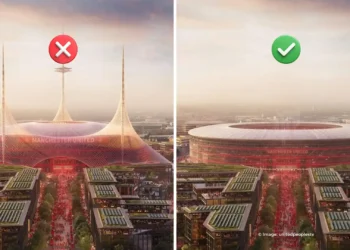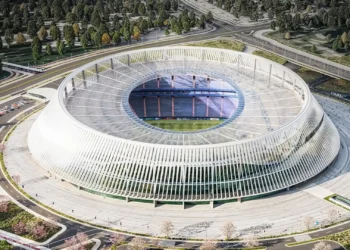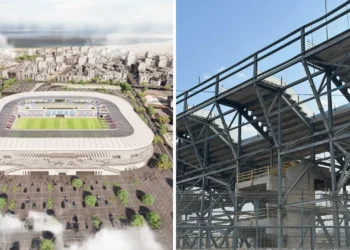Emirates Stadium Set for a New Era
Nearly two decades after moving from Highbury to the state-of-the-art Emirates Stadium, Arsenal is reportedly preparing a major expansion that could reshape its home in North London.
According to recent reports, the club is considering an increase of around 10,000 seats, which would take the capacity to over 70,000, making it the second-largest stadium in the Premier League behind Old Trafford.
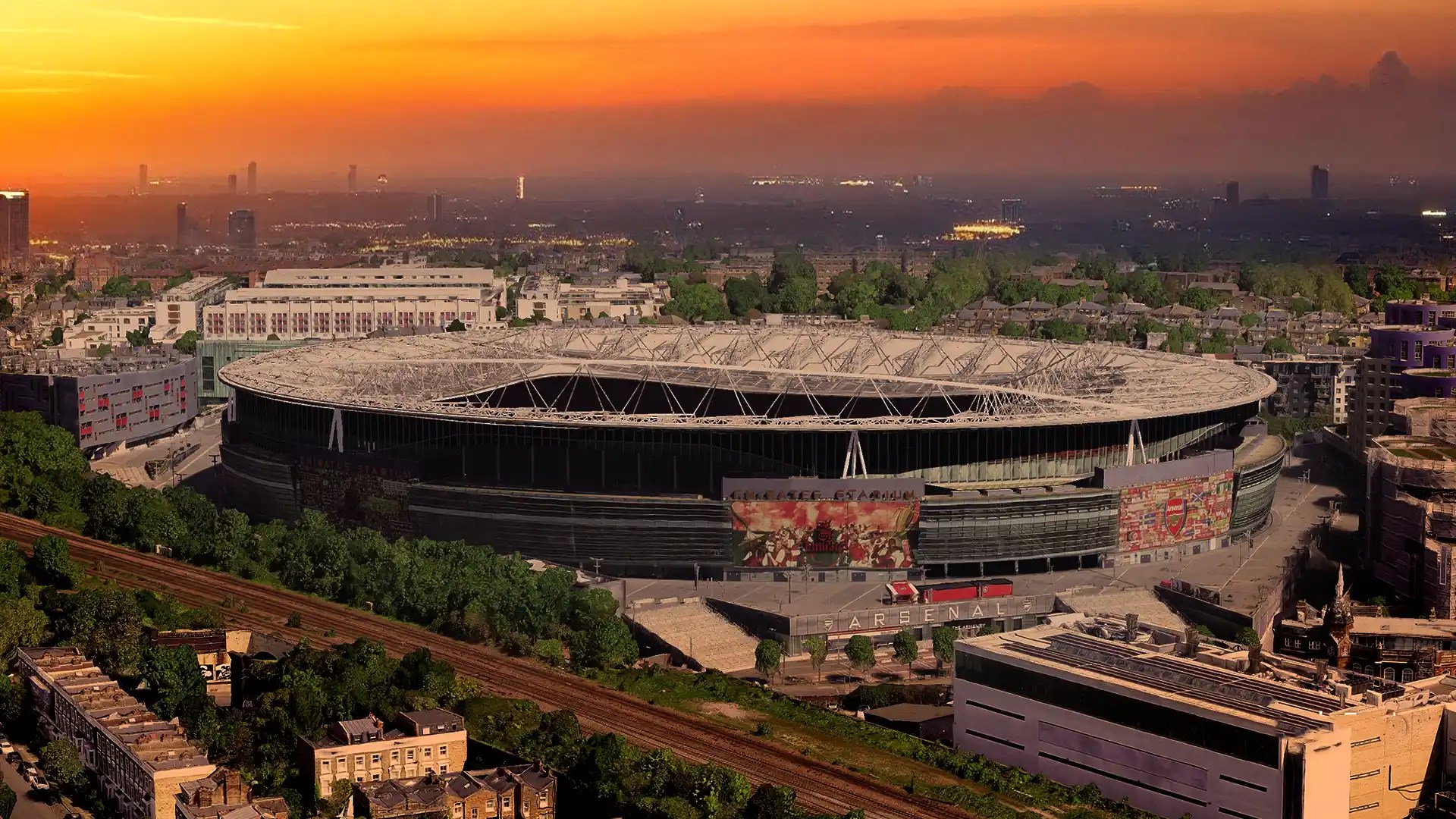

How the Expansion Could Work
The project would involve steepening the stands to fit extra rows of seats without altering the outer structure. However, this change could require raising and rebuilding the roof, a complex task that would need special permission from Islington Council, given the strict height limits in the area.
Architects suggest that higher stands would not only add more seating but also create new space for shops, corporate areas, and fan zones, similar to the amenities seen at Tottenham Hotspur Stadium.
Logistical Challenges
Expanding the Emirates won’t be easy. The stadium is surrounded by residential areas and train lines, making transport and crowd management major concerns. Local stations already struggle with matchday congestion, and any expansion may require significant investment in nearby transport infrastructure.
Another major challenge is the roof structure, which currently rests on just eight support points. To expand, Arsenal would likely have to remove and replace the entire roof — a process that could force the club to temporarily relocate to Wembley Stadium for up to two seasons.
Related Article
The Legacy of Italy’s 1990 World Cup Stadiums: Where Are They Now?
14 Closest Stadiums Around the World
Why Arsenal Wants to Expand
Arsenal’s popularity has skyrocketed, with a season-ticket waiting list of around 100,000 fans. Increasing capacity would not only allow more supporters to attend matches but also boost commercial revenues and make the stadium more attractive for concerts and events, where it currently lags behind Tottenham’s venue.
However, such changes might require revising local restrictions, as Emirates Stadium is currently limited to just three concerts per year.
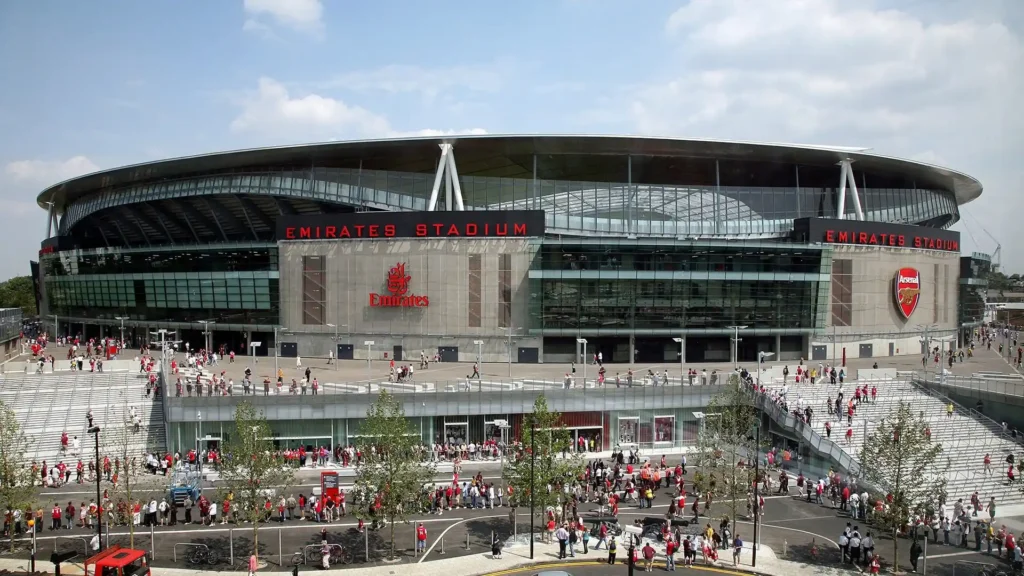
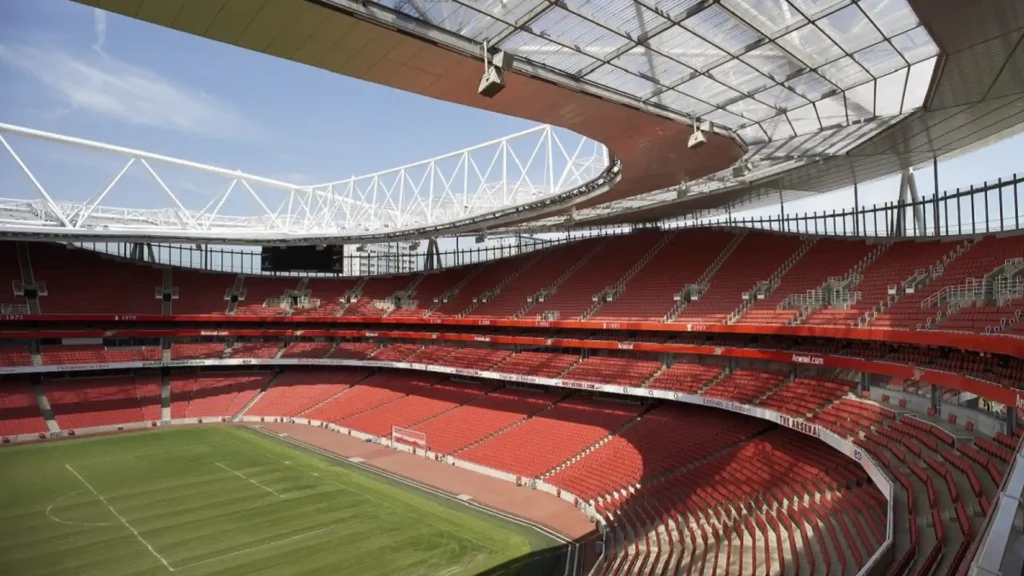
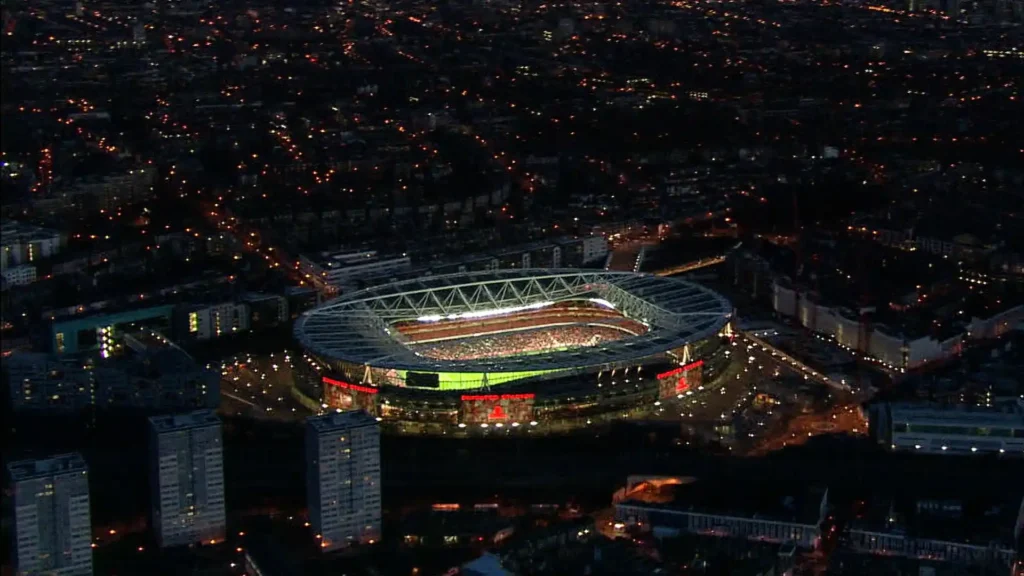
What’s Next
While no construction date has been confirmed, planning permission alone could take up to five years, meaning major work may not begin before 2030. Still, Arsenal’s ambition to modernize and expand its home ground shows a clear intent to stay competitive both on and off the pitch.
Completion: Early 2030s (estimated)
Current Capacity: 60,000
Planned Capacity: ~70,000
Architects: Populous (original design)
Construction Partner: Sir Robert McAlpine
Potential Start: Late 2026
Completion: Early 2030s (estimated)

